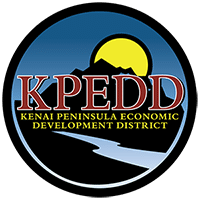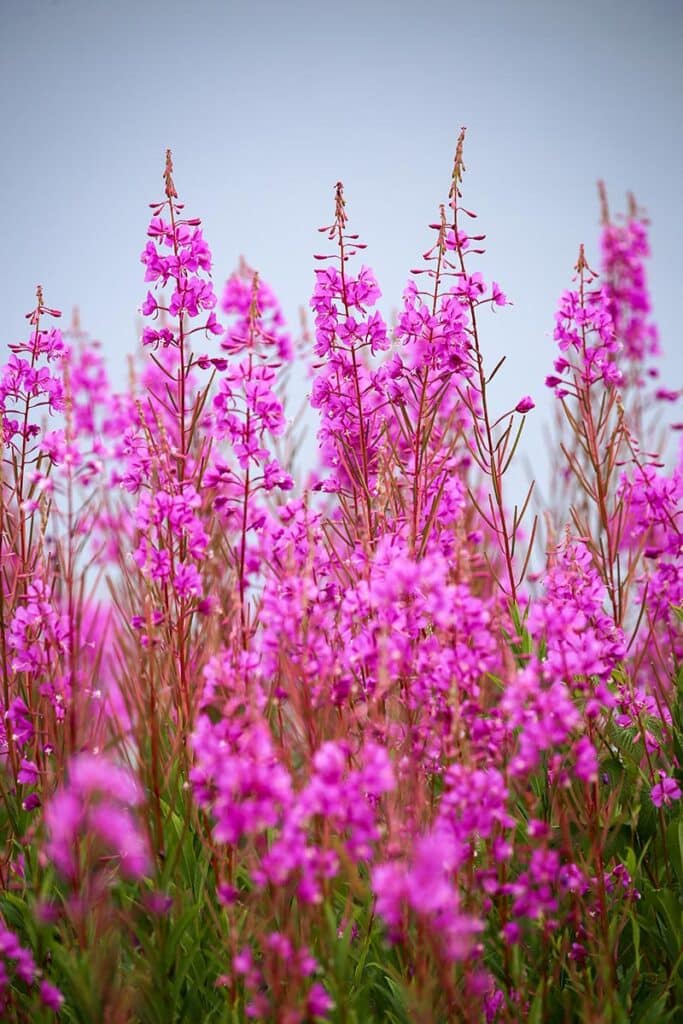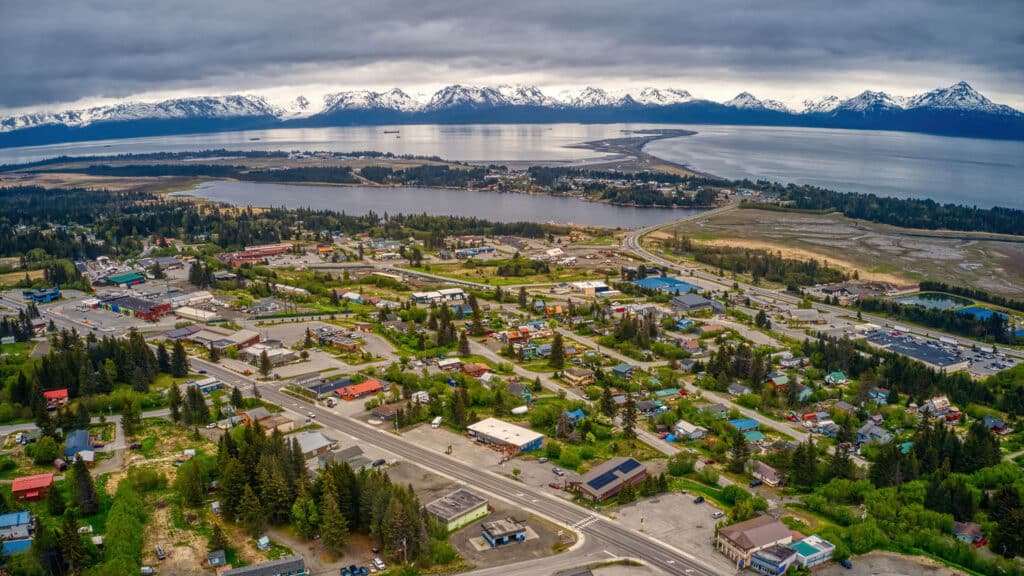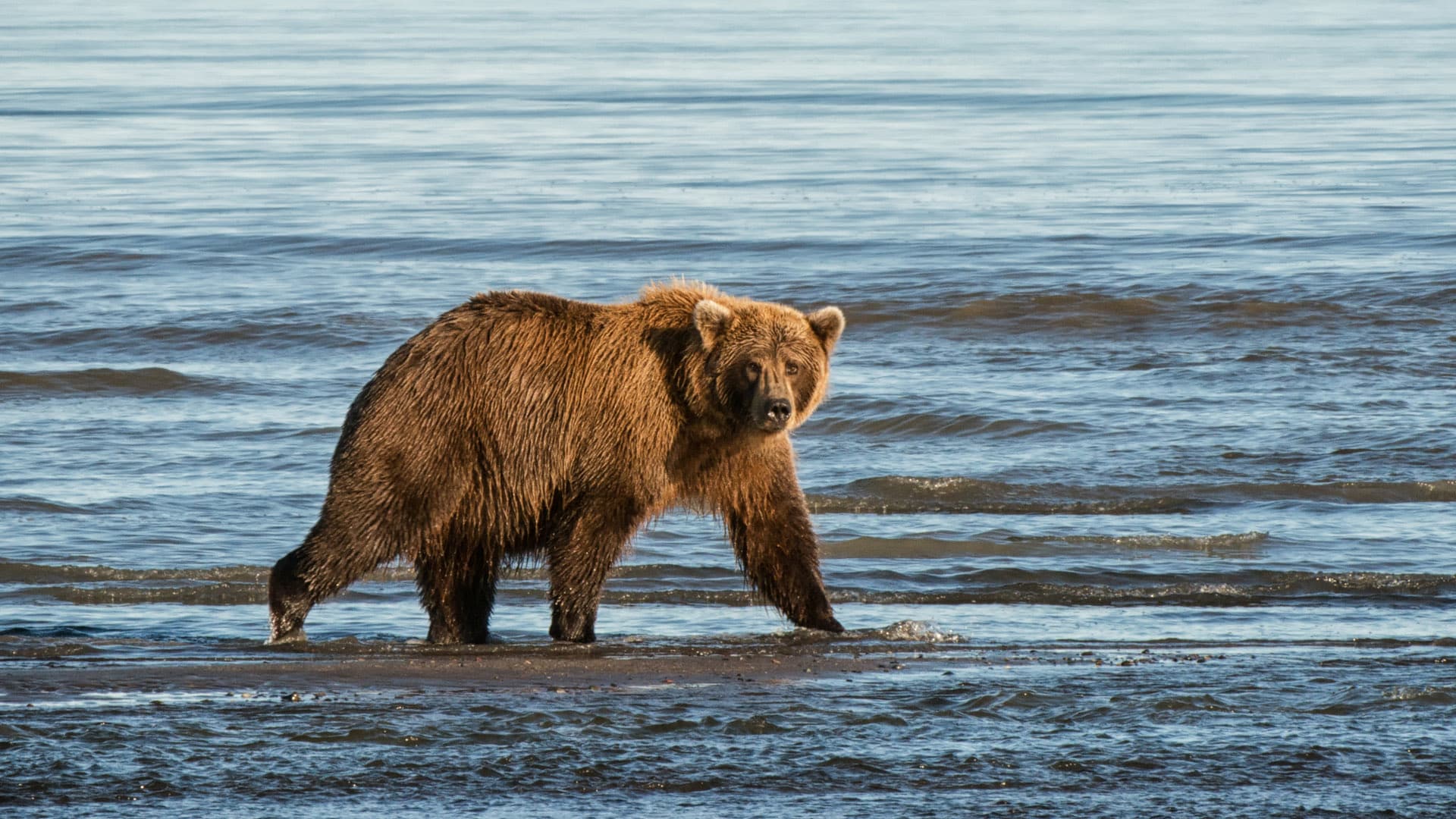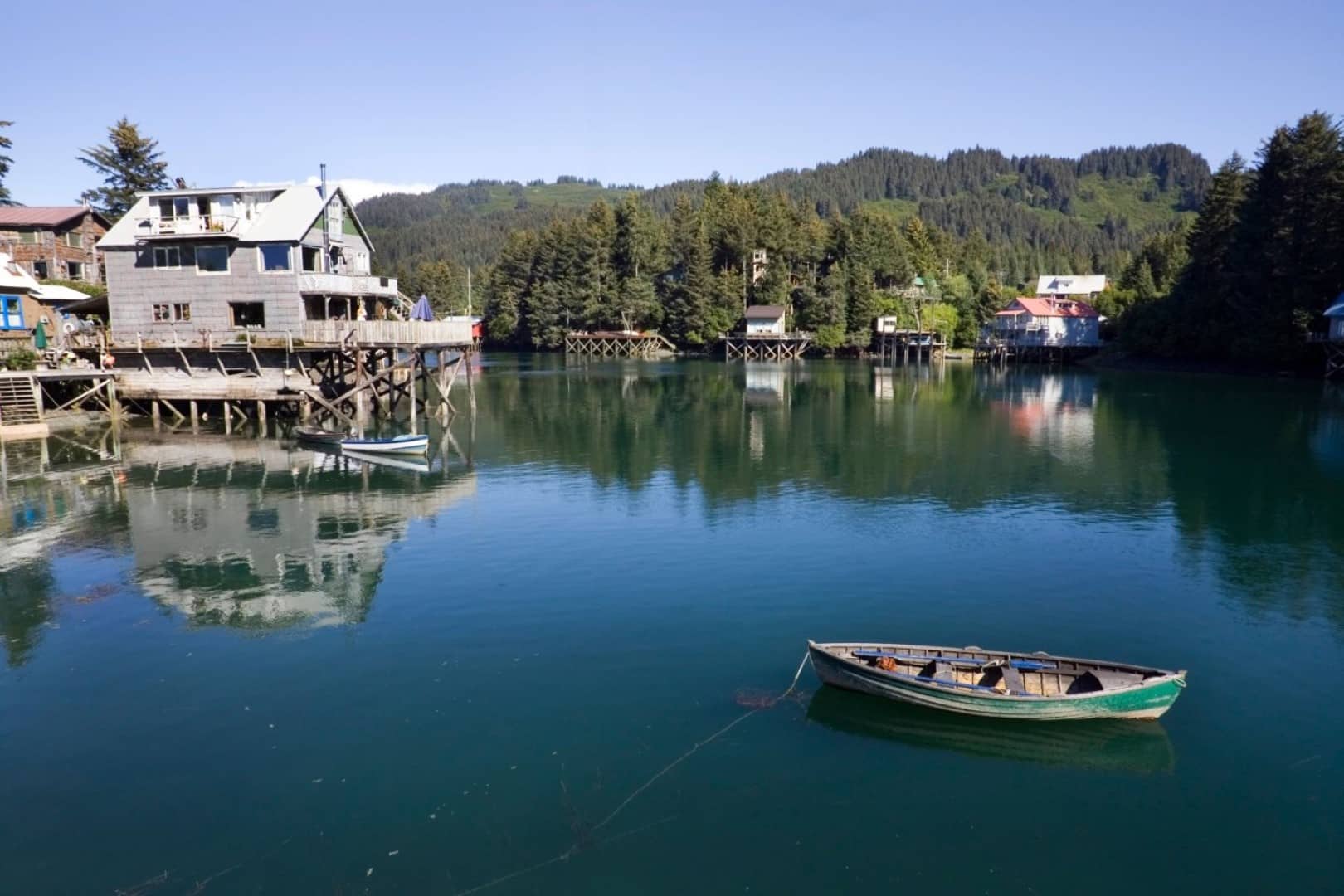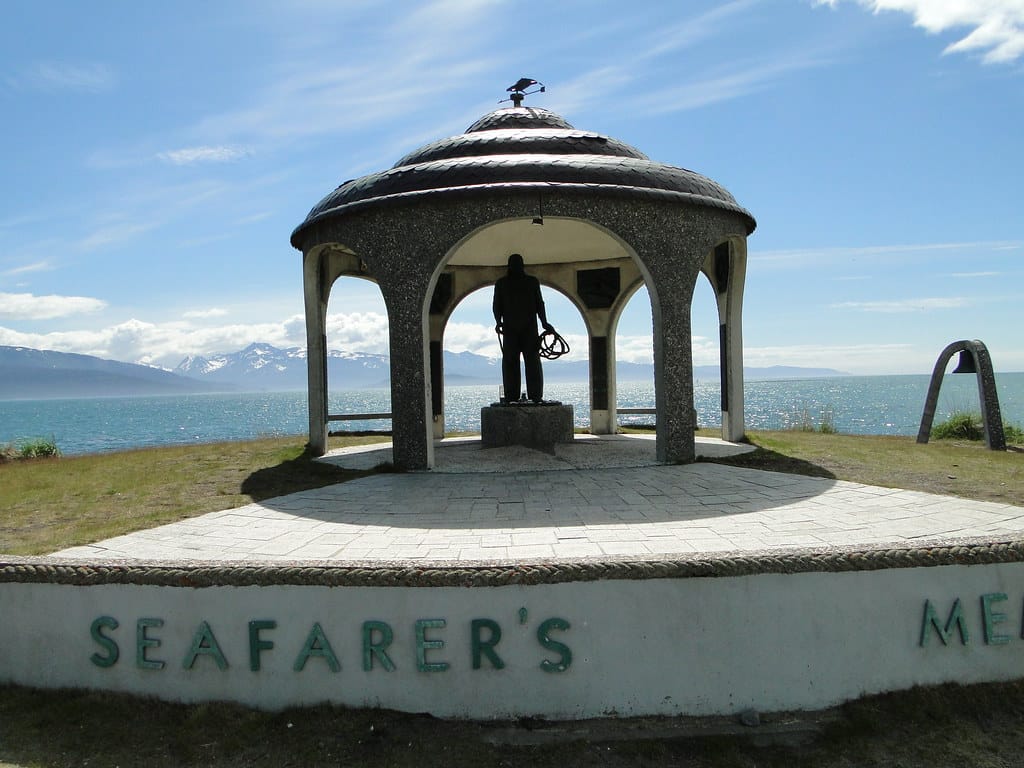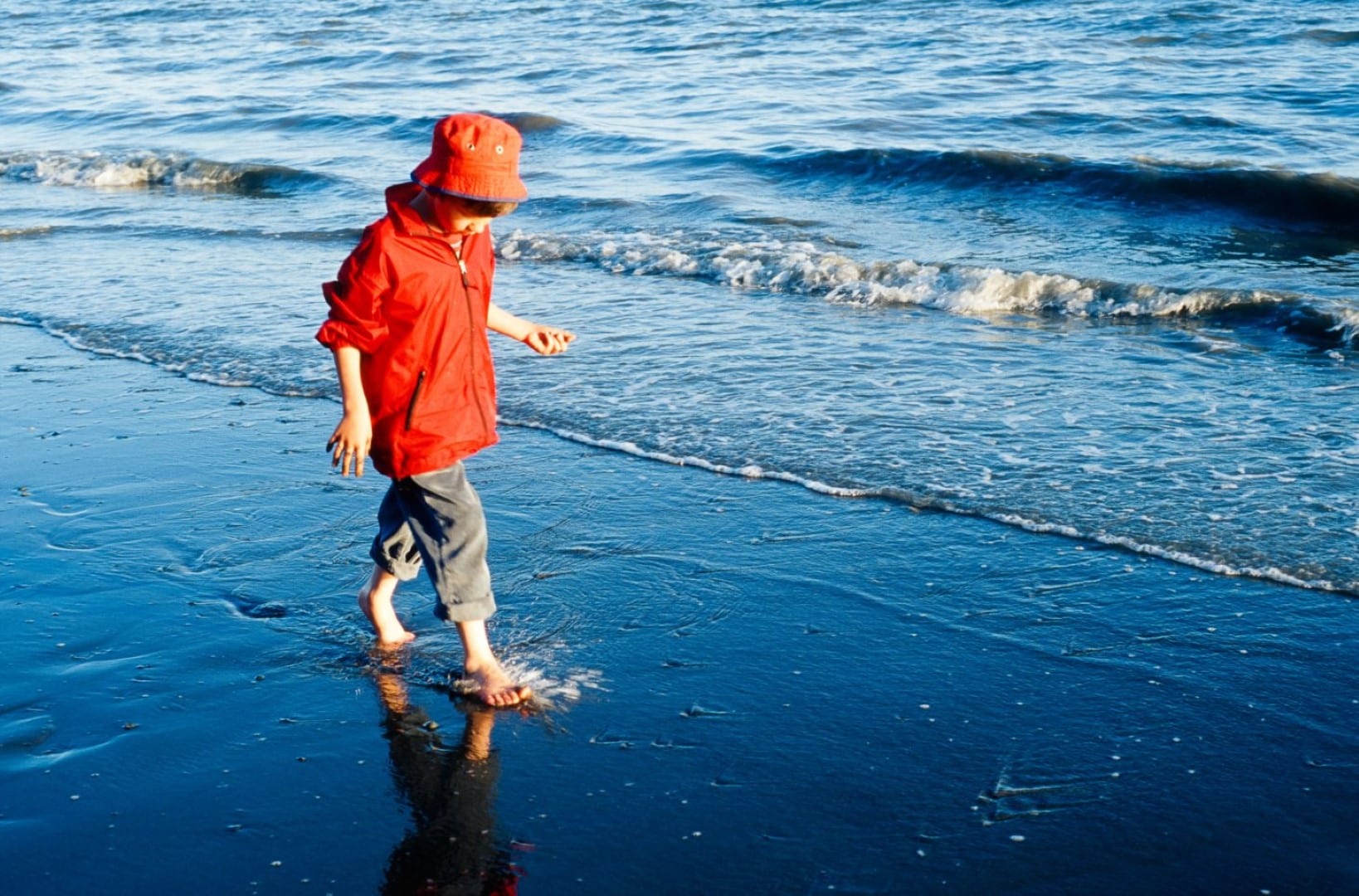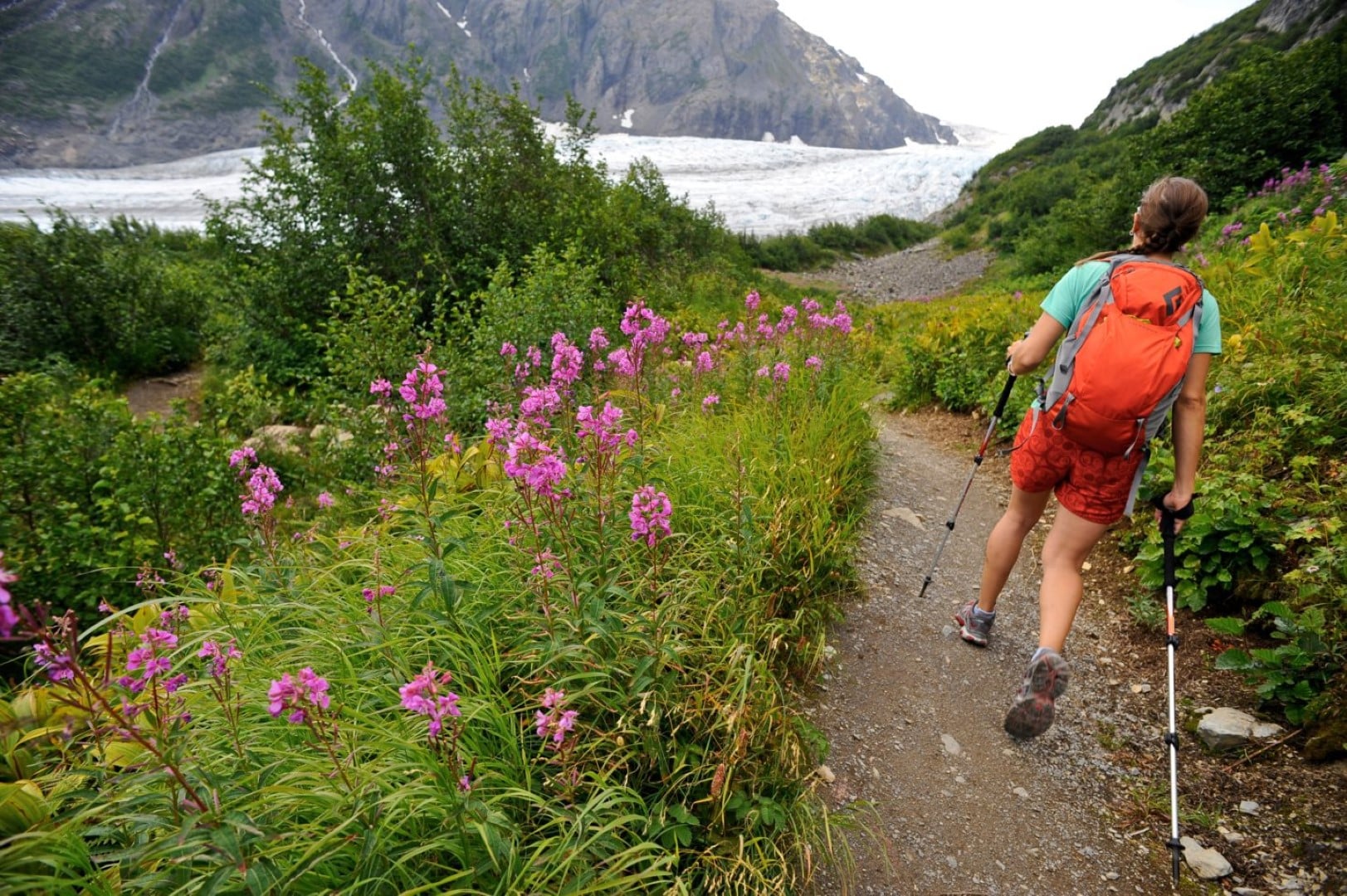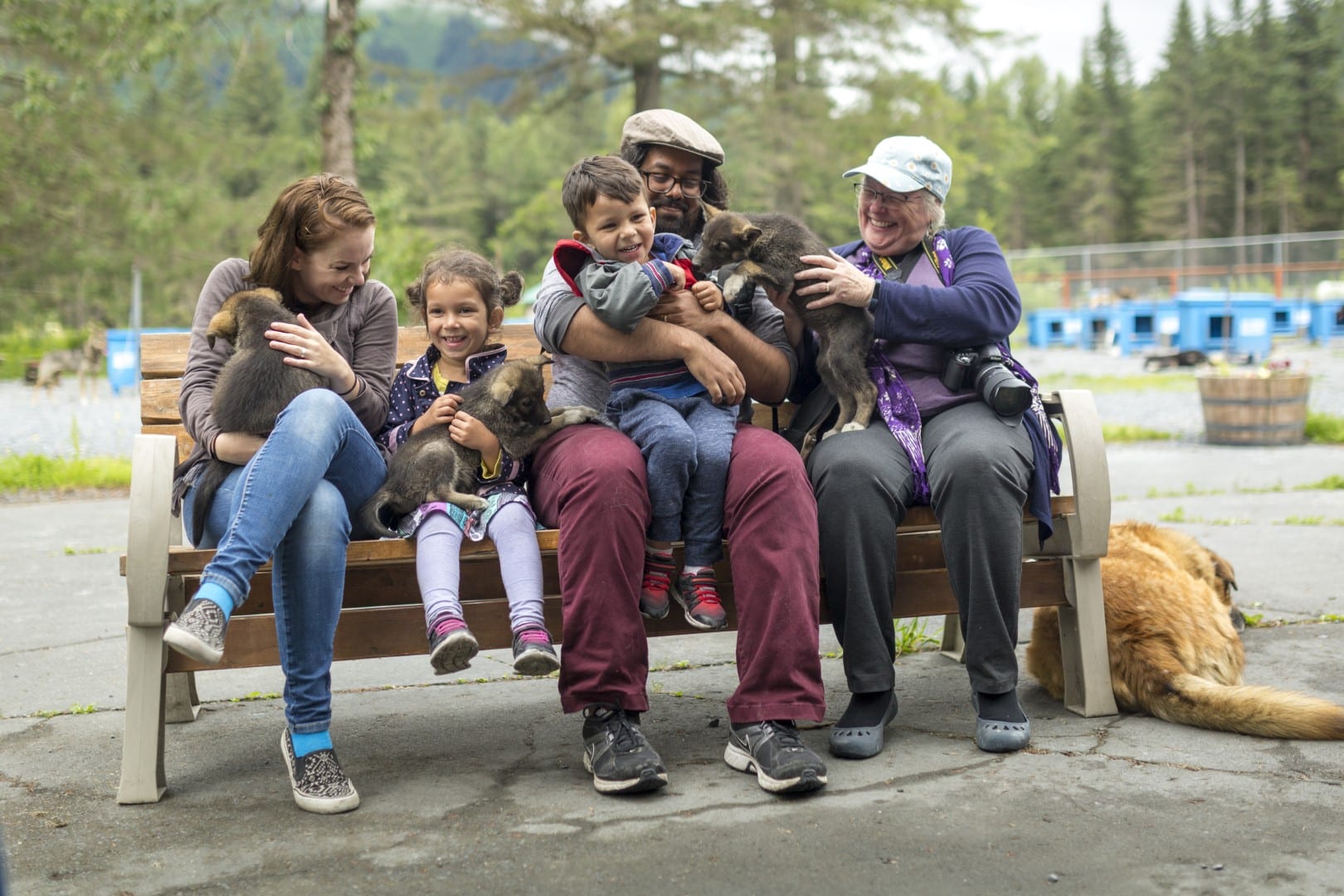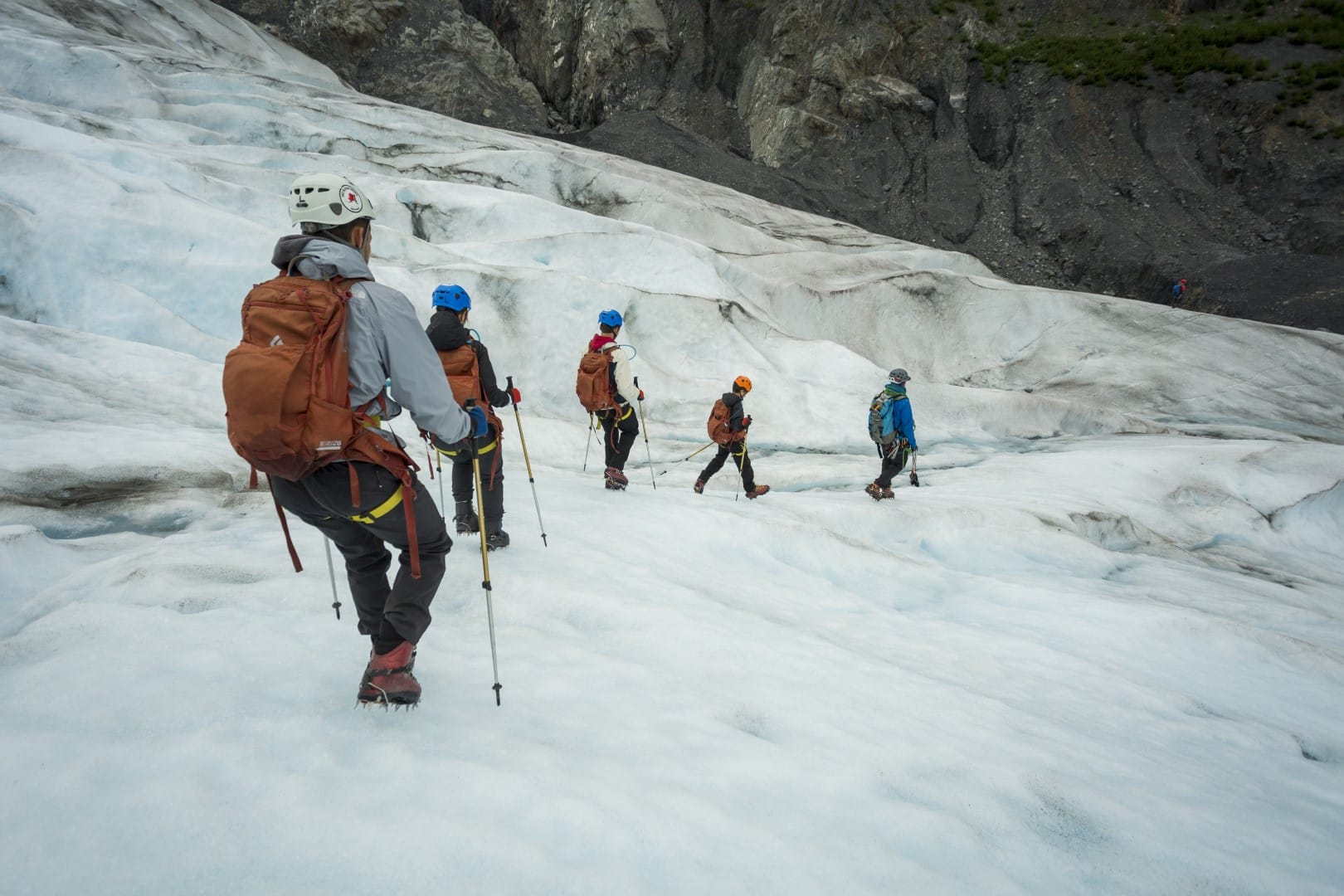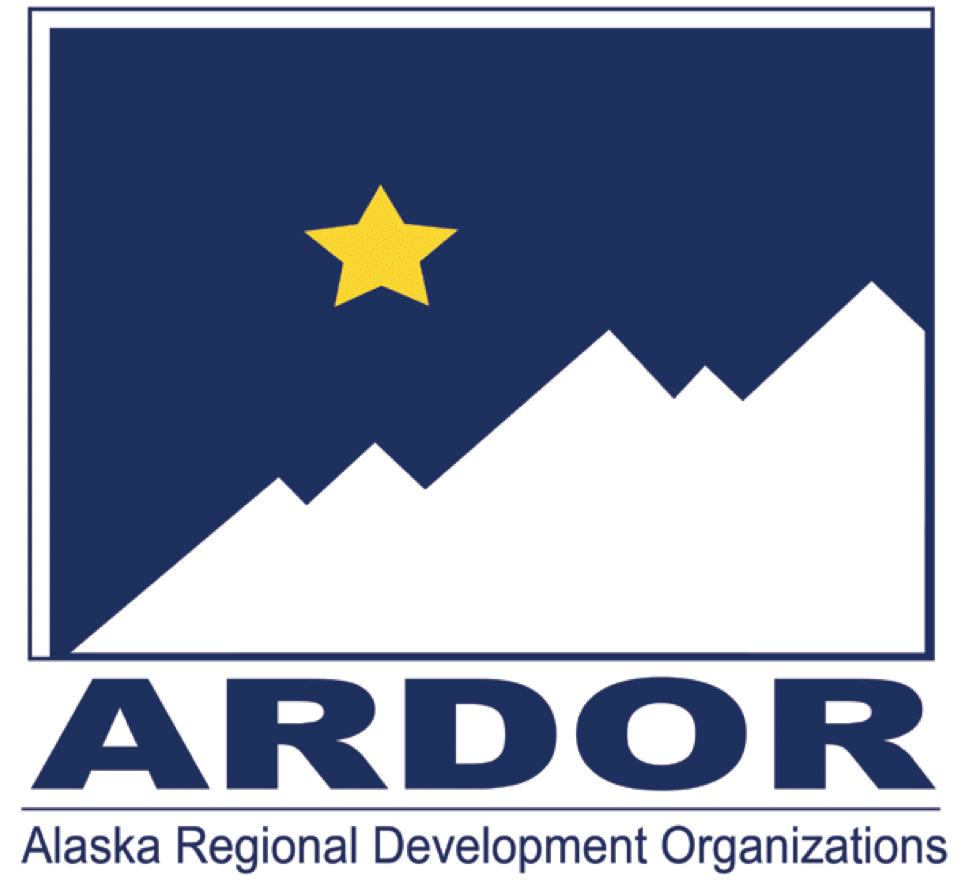Organizations
The Kenai Peninsula region is of great importance to the diverse peoples who have called this land home for thousands of years. These traditional territories of the many Indigenous peoples, are the ancestral and unceded lands of Indigenous communities, who we thank for their past and present stewardship of the waters, plants and animals.
The Chugach region includes over 5,000 miles of coastline, over 50 named islands, and over 20,000 square miles of mountains. Today we have over 1,500 Tribal Members living in Chenega, Eyak, Nanwalek, Port Graham, Seward, Tatitlek, and Valdez, including Whittier and their oldest traditional village, Nuchek. These communities are found within the Lower Cook Inlet, Prince William Sound, and Lower Copper River area. Ungualartukut imamek taumi qut’mek – We survived by the ocean and beach. We also acknowledge the space and land CRRC utilizes for our Marine Institute in Seward, the ancestral land of the Qutekcak Native Tribe. The territory of the Kenai Peninsula People (unixkuymiut) was on the southern shores of the Kenai Peninsula. Historically, the inhabitants were not considered a part of the Chugach region until more recent years. These people extended across Puget Bay to Cook Inlet, including Kachemak Bay. There were villages near present-day Port Graham, English Bay, Koyoktolik (Dog Fish Bay), and the east coast near Kachemak Bay. The cultural richness and diversity of the indigenous people are valued by all who call the Kenai Peninsula home.
CIRI
Cook Inlet Region, Inc., also known as CIRI, is one of 12 land-based Alaska Native regional corporations created pursuant to the Alaska Native Claims Settlement Act (ANCSA). CIRI’s regional boundaries roughly follow the traditional Dena’ina territory of Southcentral Alaska. CIRI was incorporated on June 8, 1972 and is owned today by a diverse group of almost 9,300 Shareholders who live in Alaska and throughout the world.
CIRI manages a diverse and strategic investment portfolio for the long-term benefit of CIRI Shareholders.
CIRI has investments in energy and infrastructure, with a focus on renewable and green energy, along with real estate, investment securities, land and natural resources, private equity and venture funds, and a government services business portfolio. A portion of CIRI’s government services portfolio utilizes assistance available through the Small Business Administration’s 8(a) Business Development Program, which provides CIRI an array of assistance and benefits as a federal government contractor.
CRRC
We, the Chugach Regional Resources Commission, acknowledge the land and waters of our people, the traditional homelands for over 10,000 years, and what we call the Chugach region. The Chugach region includes over 5,000 miles of coastline, over 50 named islands, and over 20,000 square miles of mountains. Today we have over 1,500 Tribal Members living in Chenega, Eyak, Nanwalek, Port Graham, Seward, Tatitlek, and Valdez, including Whittier and our oldest traditional village, Nuchek. These communities are found within the Lower Cook Inlet, Prince William Sound, and Lower Copper River area.
Ungualartukut imamek taumi qut’mek – We survived by the ocean and beach. We also acknowledge the space and land CRRC utilizes for our Marine Institute in Seward, the ancestral land of the Qutekcak Native Tribe. This land was and continues to be of great importance to the Alutiiq/Sugpiaq people.
The territory of the Kenai Peninsula People (unixkuymiut) was on the southern shores of the Kenai Peninsula. Historically, the inhabitants were not considered a part of the Chugach region until more recent years. These people extended across Puget Bay to Cook Inlet, including Kachemak Bay. There were villages near present-day Port Graham, English Bay, Koyoktolik (Dog Fish Bay), and the east coast near Kachemak Bay.
